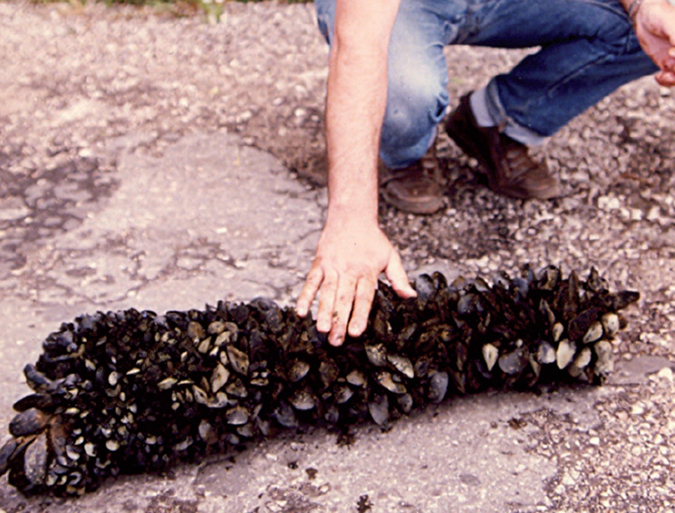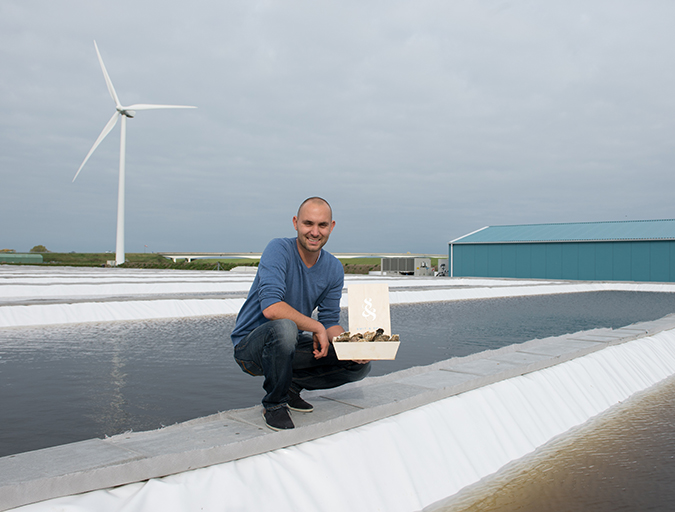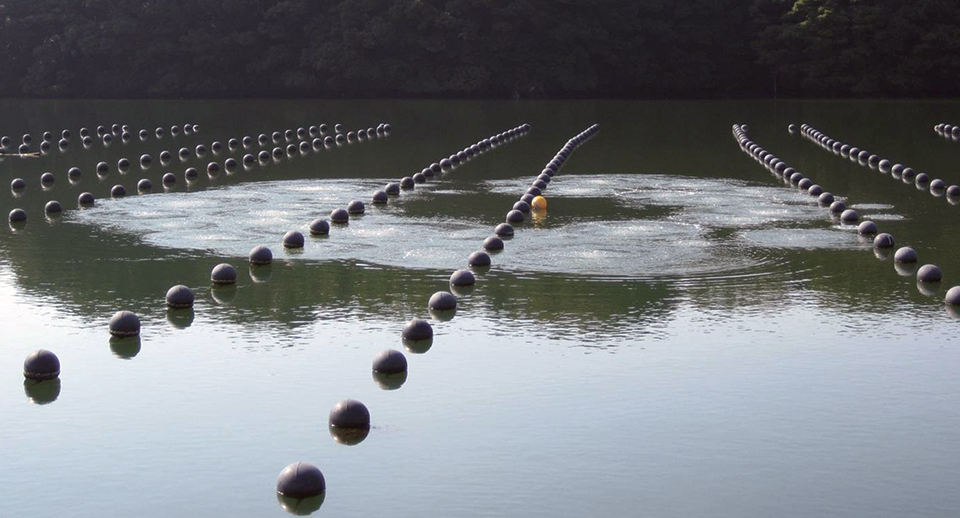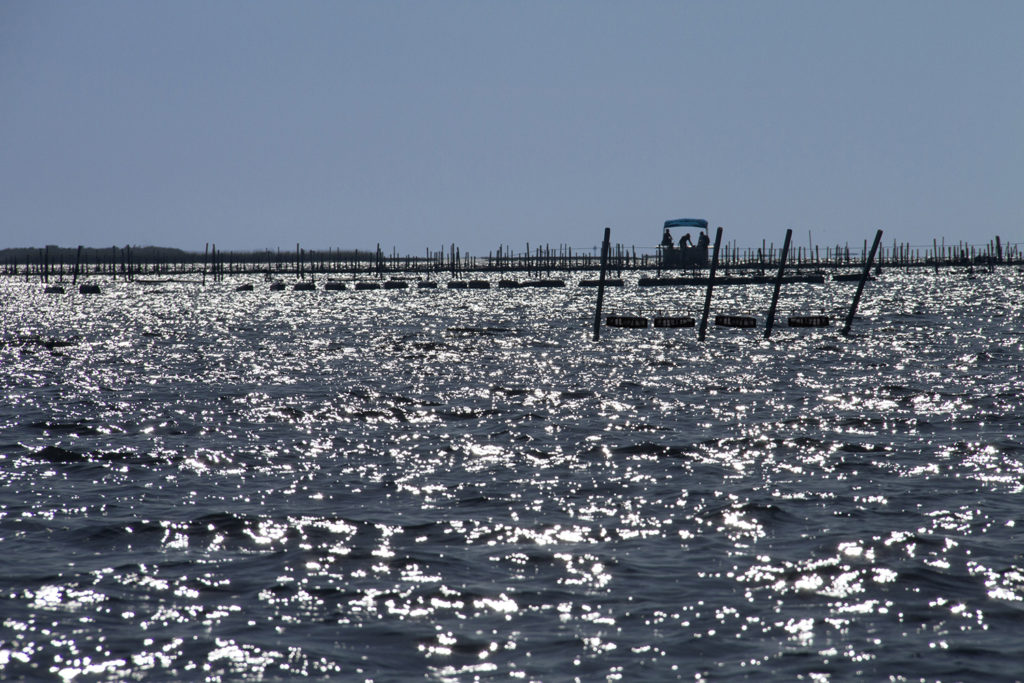Study determines prevalence, infection intensity in Northern Sinaloa

The Pacific oyster (Crassostrea gigas), a mollusk native to Japan, is a well-regarded and appreciated species for aquaculture due to its fast growth rate and ability to withstand wide salinity variations. At present, this species is cultured worldwide in more than 20 countries. In Mexico, this species was first introduced in San Quintin Bay, Baja California in 1973. Since then, its farming has spread throughout northwest Mexico.
Oyster pathogen study
In Mexico, the presence of pathogens affecting this species has been recorded since 1962, when the protozoan Perkinsus marinus was found in the American oyster (Crassostrea virginica) in Laguna Madre, Tamaulipas. In the late 1990s, this pathogen was reported in the eastern states of Tabasco and Veracruz. The Pacific coast of Mexico was considered free of this pathogen, but mortality records in this area led to monitoring the health status of the farmed oyster species in the region.
In 1998, high mortalities were first recorded in farmed oysters along the Gulf of California. The causative agent was not recognized and it was thought that a set of factors such as high water temperature, high stocking density, presence of pollutants along with physiological stress due to reproduction and the presence of pathogens may have been involved. In 2008, the presence of Perkinsus sp. was reported in the states of Nayarit, Sonora and Sinaloa in the oyster species C. cortziensis, C. gigas and Saccostrea palmula, respectively. The origin of this protozoan in northwest Mexico is unknown, but it could be associated to the introduction of C. virginica from the East Coast of the United States or oysters from the Gulf of Mexico.
The aim of our study was to determine the prevalence of Perkinsus sp. in cultured C. gigas in the estuary called “La Pitahaya” in northern Sinaloa and to determine the intensity of infection during an annual culture cycle using two detection methods. We are gratefully indebted to Dr. Nancy Stokes, from the Virginia Institute of Marine Science, William & Mary University, Virginia, USA, for the kind donation of Perkinsus marinus samples.
The study area was located in “La Pitahaya” estuary, northern Sinaloa, between the coordinates 25 degrees 18’ – 25 degrees 24’ N and 108 degrees 32’ – 108 degrees 45’ W (Fig. 1). Oysters (n = 6000) (size 3-4 mm) from a hatchery in Sonora (CREMES) were used. The oysters were stocked in March at two densities: 28 and 42 oysters per tray (50 x 50 x 10 cm). The long-line culture system was used and the culture was done for 13 months. Every fortnight, water temperature and salinity were monitored, trays were cleaned and mortalities were recorded. Also, oysters (n=50) were sampled for total weight (g) in order to determine the specific growth rate.

Perkinsus sp. prevalence, infection intensity
For the detection of Perkinsus sp., each month 30 oysters were collected at random and they were processed for Thioglycollate Fluid Medium (TFM) assay. Briefly, tissues from gills and/or mantle from a single individual were dissected and placed into a 15 ml Falcon tube containing 9.5 ml sterile TFM added with antibiotics/antimycotics. Incubation was done at 22 to 25 degrees C for 4 to 7 days in the dark. After incubation, the fragments of tissues were collected and minced with a sterile blade on a glass slide. Tissues were stained with Lugol-iodine solution, covered with a coverslip, incubated at room temperature for 10 min and examined by light microscopy (Leica DM750, Germany) at 100 X and 400 X, respectively.

For PCR detection, gill and mantle tissues were used for DNA extraction (DNAzol, Molecular Research Center, Inc. Cincinnati OH, USA), following the manufacturer´s instructions. Primers PerkITS85 (5’-CCG CTT TGT TTG GAT CCC-3’) and PerkITS750 (5’-ACA TCA GGC CTT CTA ATG ATG-3’) that amplify a fragment (703 base pairs) of the rRNA internal transcribed spacer (ITS) from Perkinsus were used (OIE, 2009). A positive DNA control of Crassostrea ariakensis infected with Perkinsus marinus was used. PCR products were resolved in 1 percent agarose gel electrophoresis stained with ethidium bromide (1 μg/ml).
We determined the monthly prevalence of Perkinsus in the culture, as well as the intensity of infection, which was calculated with hypnospore counts using the relative scale of Mackin.
Results
Oysters showed a specific growth rate of 2.52 ± 1.00 g at density of 28 animals/tray and 2.54 ± 1.05 g at density of 42 animals/tray, respectively. Water temperature was the most influencing factor in growth, since the lowest growth rates were obtained either during the months with highest temperature records in the year (29 – 32º C) (June to October) or during the months with the lowest temperatures (≤ 17 degreesC) (January to April) (Fig. 2). These data showed that temperatures higher than 27º C or lower than 22º C have a negative impact in growth. Negative growth rates were recorded in July and October. Here, oysters undergo physiological changes related to sexual maturity and reproduction, which induces weight loss due to gonad reduction.
At the end of the culture, the mean weight of oysters was 204.07 ± 18.97 g and 207.09 ± 15.29 g at densities of 28 and 42 animals/tray, respectively. Survival at the end of culture was 95.9 and 94.3 percent for densities of 28 and 42 oysters/tray, respectively. Mortalities were mostly recorded during the high temperature months (June to October).
Detection of Perkinsus infection by TFM first occurred two months after stocking. Prevalence of Perkinsus varied between 16.6 and 23.3 percent during the warmest months (August – October), whereas in the coldest months (December to February) it diminished to 20 – 10 percent, respectively. Prevalence of Perkinsus was the highest during the last two months of the culture (March to April, 2012) (26.6 and 40 percent, respectively). The intensity of infection by TFM was always between levels 1-2 according to the Mackin scale (Fig. 3).
By PCR, detection of Perkinsus occurred until five months after stocking. The prevalence found by PCR was always lower than that obtained by TFM. By PCR, the highest prevalence was found from October to December (10, 6.6 and 13.3 percent, respectively), reducing in January to February, 2012 (6.6 and 0 percent, respectively) and by the end of the culture cycle (March to April, 2012), the prevalence was the highest (16.6 and 26.6 percent, respectively (Fig. 4).

Perspectives
The presence of Perkinsus was recently reported in four coastal areas in Sinaloa, (Cospita, La Reforma, Topolobampo and La Bocanita) in wild populations of oysters Saccostrea palmula and C. corteziensis. Our study enhances the geographical record of Perkinsus sp. in cultured Crassostrea gigas in the estuary “La Pitahaya,” northern Sinaloa. In our study, prevalence of Perkinsus varied in a culture cycle between 40 percent and 6.6 percent, depending on the temperature and the age of the culture. The intensity of infection was level 2, probably due to the relatively low susceptibility of C. gigas to Perkinsus infection.
Now that you've reached the end of the article ...
… please consider supporting GSA’s mission to advance responsible seafood practices through education, advocacy and third-party assurances. The Advocate aims to document the evolution of responsible seafood practices and share the expansive knowledge of our vast network of contributors.
By becoming a Global Seafood Alliance member, you’re ensuring that all of the pre-competitive work we do through member benefits, resources and events can continue. Individual membership costs just $50 a year.
Not a GSA member? Join us.
Authors
-

Cesar M. Escobedo-Bonilla, Ph.D.
Centro Interdisciplinario de Investigación para el Desarrollo Integral Regional
Instituto Politécnico Nacional
Unidad Sinaloa
Blvd. Juan de Dios Batiz Paredes 250
Colonia San Joachin, Guasave
Sinaloa 81101 - México
-
Lizeth C. Villanueva-Fonseca, M.C.
Centro Interdisciplinario de Investigación para el Desarrollo Integral Regional
Instituto Politécnico Nacional
Unidad Sinaloa
Blvd. Juan de Dios Batiz Paredes 250
Colonia San Joachin, Guasave
Sinaloa 81101 - México
Tagged With
Related Posts

Intelligence
Human enteric viruses in shellfish, part 3
Epidemiological studies have estimated that noroviruses are responsible for 60 percent to 80 percent of all foodborne outbreaks of gastroenteritis worldwide. Consumption of shellfish is one of three main transmission routes of norovirus infection.

Intelligence
Dutch shellfish farmers bringing the sea onto land
Bivalve shellfish culture is a low-impact form of protein production, and in many cases is a net-positive for water quality. So why move it indoors? Smit & Smit in the Netherlands has a good argument for doing so.

Health & Welfare
Artificial upwelling maintains favorable summer environment for farmed oysters
The summer season poses threats for oyster aquaculture worldwide. In addition to high mortality, poor oyster quality and health – especially in enclosed bays – are often attributed to water stratification, high temperatures and hypoxia.

Intelligence
Hatching a plan for Florida oyster farming
Panacea Oyster Co-op and Pensacola Bay Oyster Co. each aim to open dedicated oyster hatcheries in Florida, which could have a significant impact on the state’s aquaculture industry.



